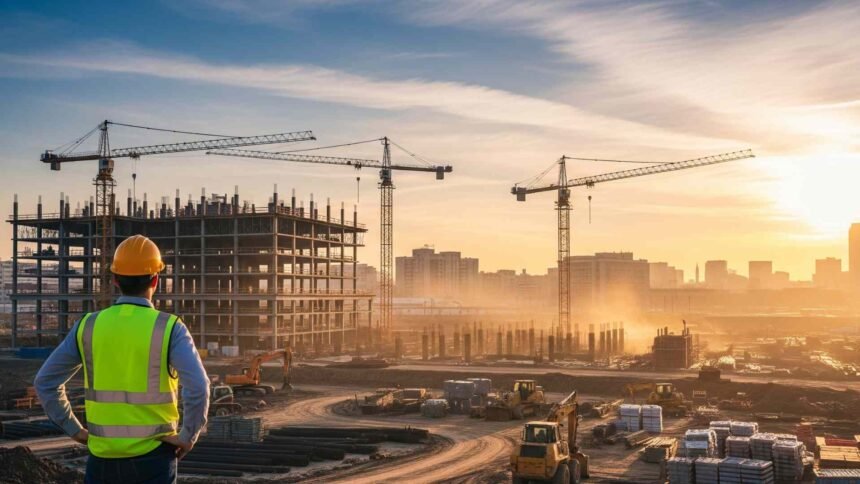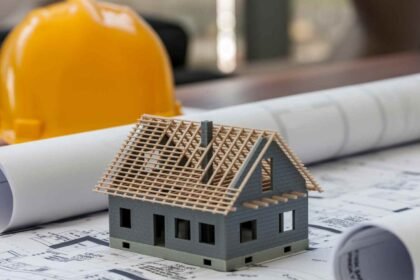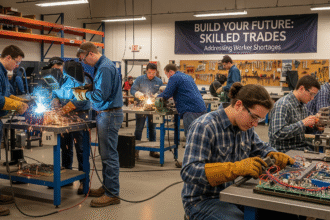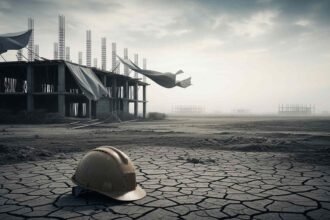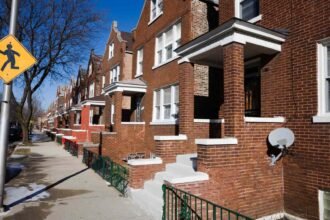Tightening Immigration Policies Reshape Workforce
Stricter immigration policies are creating significant labor shortages in the U.S. construction industry. Recent crackdowns on undocumented workers have reduced the pool of available laborers, leaving contractors struggling to fill critical roles. The construction sector, which relies heavily on immigrant workers, now faces delays, rising costs, and stalled projects.
The U.S. government has ramped up enforcement measures, including increased workplace raids and tougher visa restrictions. These policies aim to curb illegal immigration but have hit the construction industry hard. According to the Bureau of Labor Statistics, immigrants make up about 30% of the construction workforce, with many working in roles like masonry, carpentry, and general labor. As these workers face deportation or leave voluntarily, companies scramble to find replacements.
Labor Shortages Drive Up Costs
Construction firms report growing challenges in meeting project deadlines. John Martinez, a contractor in Texas, says his company has delayed three major projects this year due to a lack of workers. “We’re turning away jobs because we can’t find enough people,” he explains. The labor gap has forced firms to offer higher wages to attract workers, pushing up project costs. A 2025 report from the Associated General Contractors of America (AGC) estimates that labor shortages have increased construction costs by 15-20% in some regions.
Smaller firms feel the pinch most acutely. Unlike large corporations, they lack the resources to recruit from a shrinking domestic labor pool or navigate complex visa programs for legal immigrant workers. Many are now competing for the same limited workers, driving wages even higher. This cost increase often gets passed on to clients, inflating the price of homes, infrastructure, and commercial buildings.
Projects Face Delays and Cancellations
The labor shortage is slowing down critical infrastructure projects. In states like California and Florida, where construction demand is high, the impact is especially stark. A highway expansion project in Miami, for instance, has fallen six months behind schedule due to insufficient workers. Similarly, residential construction in suburban areas is stalling as builders struggle to keep up with housing demand.
The ripple effects extend beyond construction. Delays in building new homes worsen the national housing shortage, driving up prices and making homeownership less attainable for many Americans. Public infrastructure projects, such as roads and bridges, also face setbacks, impacting local economies and commuting times.
Industry Seeks Solutions Amid Challenges
Construction companies are exploring ways to address the labor gap. Some are investing in training programs to attract younger workers and veterans to the industry. Others are turning to technology, like automated machinery and prefabricated materials, to reduce reliance on manual labor. However, these solutions come with high upfront costs and long implementation times, making them impractical for many smaller firms.
Industry leaders are also pushing for immigration reform. The AGC and other trade groups advocate for policies that would allow more legal immigrant workers to enter the construction workforce. They argue that a streamlined visa process could help fill gaps without compromising enforcement goals. “Immigrant workers are vital to our industry,” says AGC CEO Stephen Sandherr. “We need policies that balance security with economic realities.”
Economic and Social Implications
The labor shortage has broader implications for the U.S. economy. Construction is a key driver of job creation and economic growth, contributing $1.4 trillion annually to the GDP, according to the U.S. Census Bureau. Persistent labor shortages could slow this growth, affecting related industries like manufacturing and real estate.
Socially, the crackdowns have sparked debate. Supporters argue that stricter immigration policies protect American jobs and wages. Critics, however, point out that many construction jobs go unfilled by domestic workers due to their physically demanding nature and relatively low pay compared to other skilled trades. The tension between these views continues to shape the national conversation on immigration.
Looking Ahead
The construction industry faces a tough road ahead as immigration crackdowns continue. Without enough workers, projects will keep facing delays, and costs will rise further. While training programs and technology offer some relief, they are not quick fixes. Industry leaders warn that without policy changes, the labor gap could worsen, threatening economic growth and infrastructure development.
For now, contractors like Martinez are doing their best to adapt. “We’re getting creative, but it’s tough,” he says. “The work doesn’t stop, but the workers are harder to find.” As the industry navigates these challenges, the balance between immigration policy and economic needs remains a critical issue to watch.


